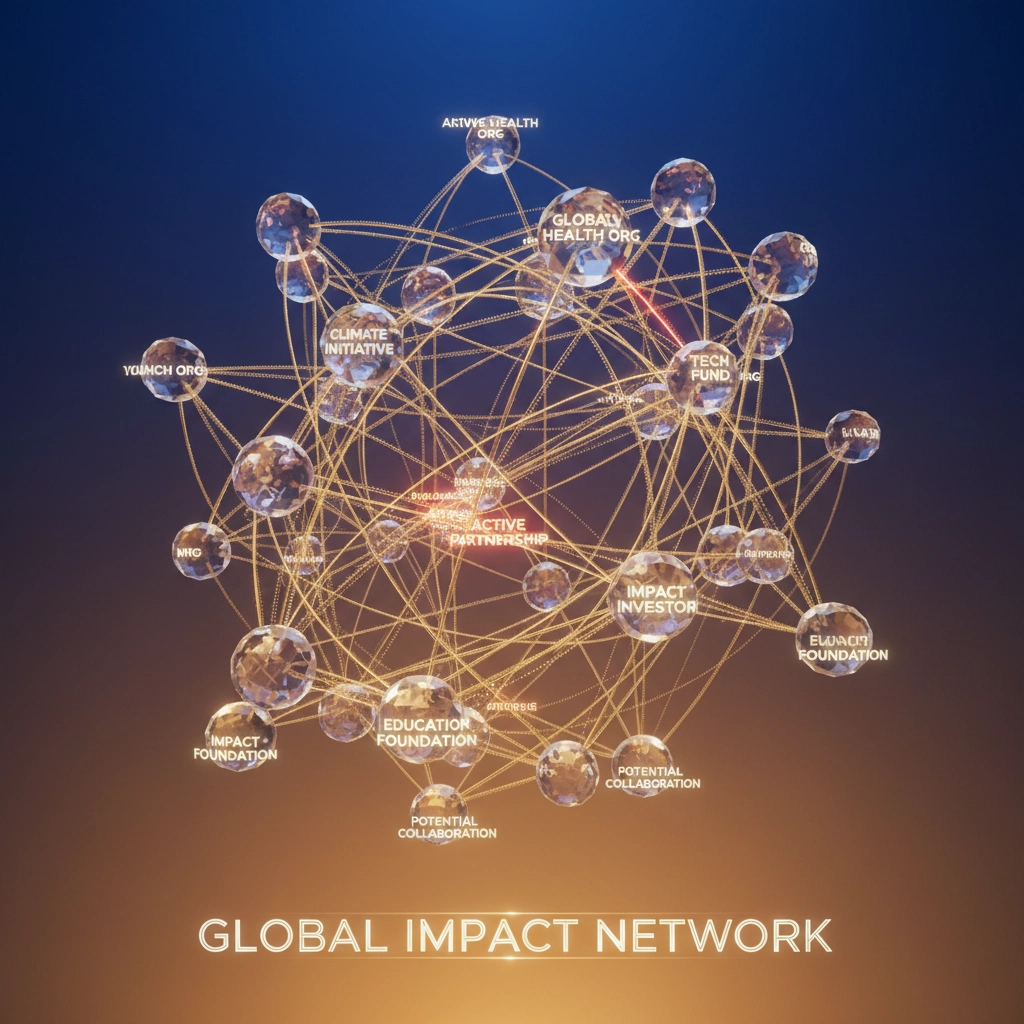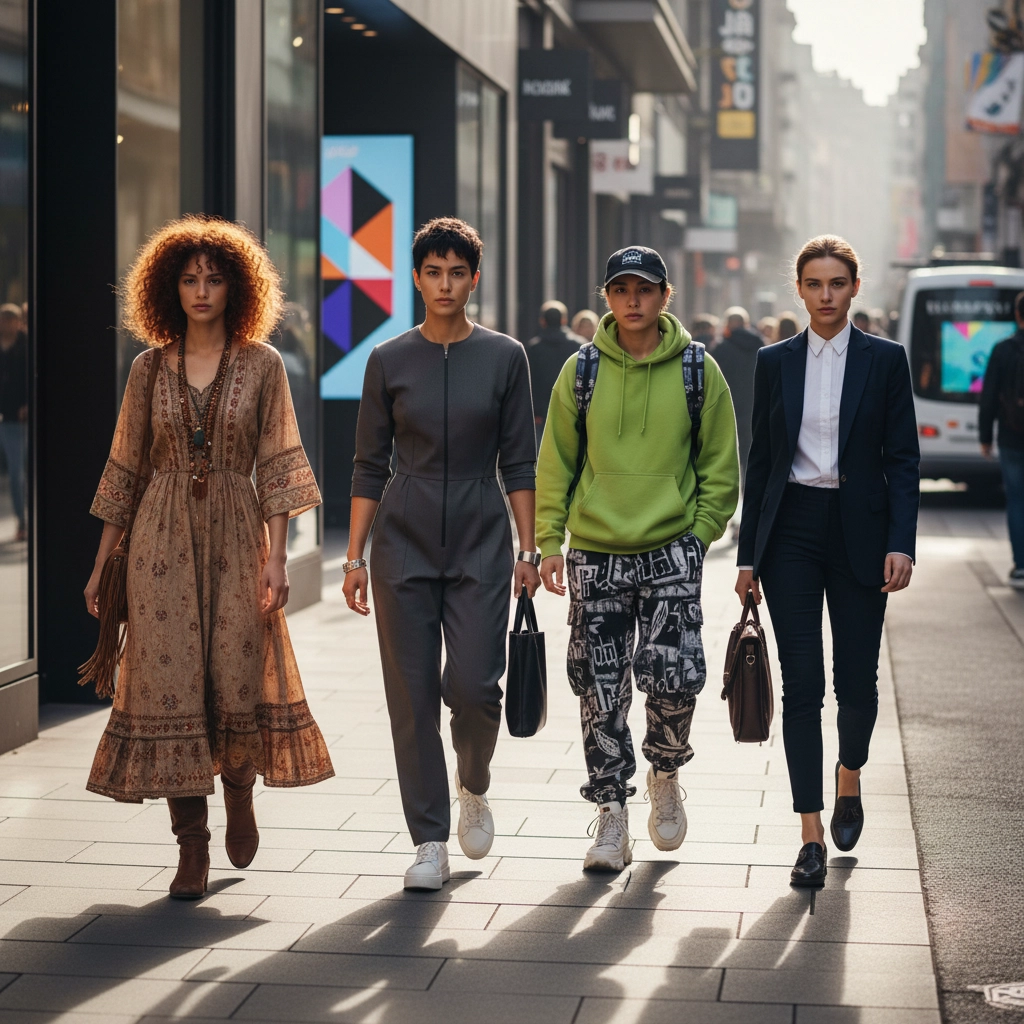Grant Writing as Sacred Space
Why Stewardship and Honesty Create Lasting Partnerships
Think of grant writing not as a transaction, but as creating sacred space—a place where your mission and a funder’s values can meet, connect, and grow together.
Grant writing isn’t just about crafting compelling proposals. It’s about building relationships in the sacred space between need and generosity. The organizations that win funding understand one truth: stewardship matters more than sales pitches.
Too many nonprofits approach grant writing like a one-night stand. Write proposal. Submit. Hope. Repeat. This approach treats the sacred space of partnership as disposable—and it kills long-term funding potential.
What Stewardship Actually Means
Stewardship is tending the sacred space between your organization and funders. It’s ongoing trust that grows through:
- Regular communication outside of funding requests
- Transparent reporting of both successes and challenges
- Treating funders as partners sharing your sacred space, not ATMs
- Following through on every commitment

Filing required reports isn’t stewardship—it’s professionalism. Real stewardship creates funding opportunities before you ask by nurturing the relationship space.
The Reality Problem: When We Pollute Sacred Space
Most organizations inflate their capabilities and promise outcomes they can’t deliver. They think bigger claims mean bigger checks. This pollutes the sacred space of trust, and experienced funders spot unrealistic proposals quickly.
The organizations that win grants tell realistic stories, acknowledge limitations, and show understanding of actual capacity. They keep the sacred space clean and honest.
Why Honest Claims Win More Grants
Funders want confidence. Confidence comes from believable proposals that honor the sacred space of partnership:
- Funders trust your judgment
- Project outcomes become achievable
- Reporting becomes straightforward
- Renewal conversations get easier

Building Trust Through Sacred Communication
- Regular Updates: Quarterly progress reports, even when not required—like tending a garden
- Challenge Disclosure: Tell funders about problems early—sacred space thrives on honesty
- Success Sharing: Focus on specific, measurable outcomes that honor their investment
- Strategic Planning Inclusion: Invite funders into your sacred space of decision-making
The Long-Term Advantage: Sustainable Sacred Partnerships
Organizations practicing stewardship build sustainable funding pipelines. Funders become advocates and refer you to others because they’ve experienced the sacred space you create.

Results include:
- Higher renewal rates (70-80%)
- Larger grant amounts
- Faster processing
- More flexible funding terms
- Deeper communication
Making Sacred Space Work
Start before you need funding. Create funder profiles. Send quarterly updates. Invite site visits. Acknowledge funder expertise. Treat every interaction as an opportunity to tend the sacred space between you.
The ROI of Sacred Relationships: Strong stewardship yields more funding and renewals, with less effort spent writing new proposals. When you create sacred space, funding flows more naturally.
Moving Forward
Great grant writing means building partnerships for lasting impact in the sacred space where missions meet resources. Be honest, build trust, improve communication—your future funding depends on keeping this space sacred.
This post is grounded in the Space as Metaphor framework, which views space as "metaphor for method, moral orientation, and mode of transformation." The framework helps us understand grant writing relationships not as transactional exchanges, but as sacred spaces requiring careful cultivation and ethical stewardship.

 Marketing constructs aspirational spaces where people can envision and inhabit different versions of themselves. These carefully designed spaces promote lifestyles, behaviors, and choices that reflect desirable or attainable identities, creating pathways between who we are and who we might become.
Marketing constructs aspirational spaces where people can envision and inhabit different versions of themselves. These carefully designed spaces promote lifestyles, behaviors, and choices that reflect desirable or attainable identities, creating pathways between who we are and who we might become.
 Broadly defined, development is the careful nurturing and building of relationships over time between organizations and donors. Think of it as landscape architecture for philanthropy—creating environments where meaningful connections can take root and grow.
Broadly defined, development is the careful nurturing and building of relationships over time between organizations and donors. Think of it as landscape architecture for philanthropy—creating environments where meaningful connections can take root and grow.
